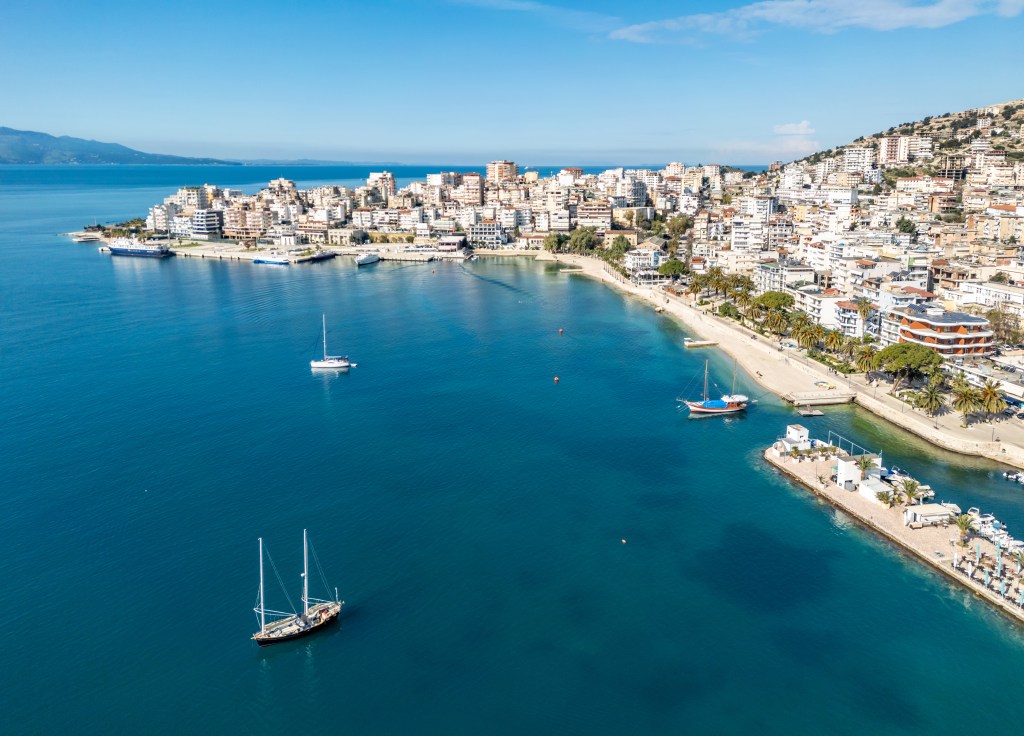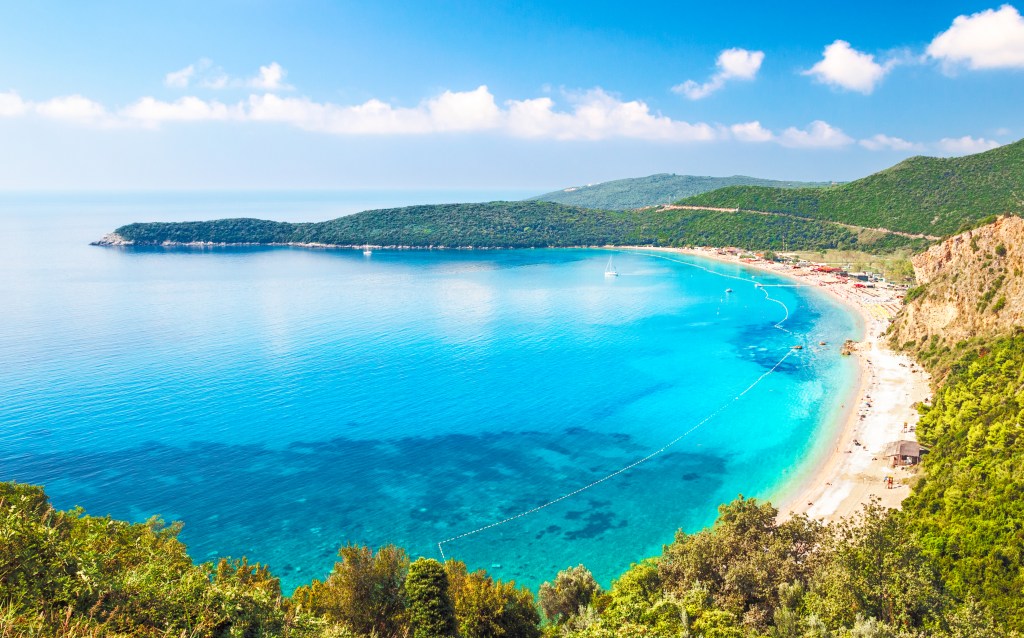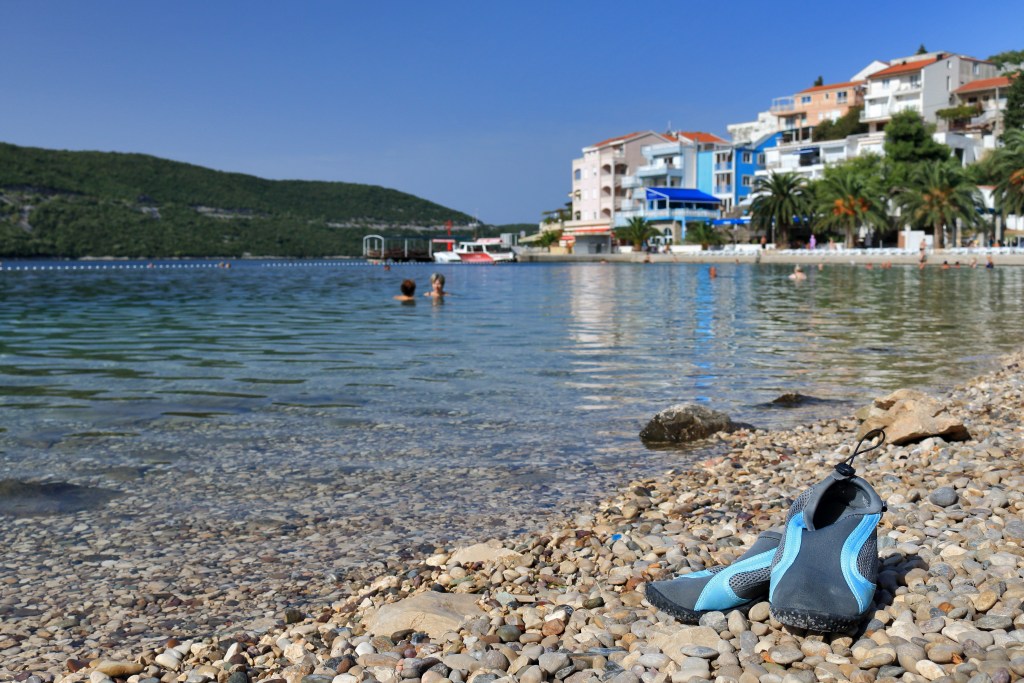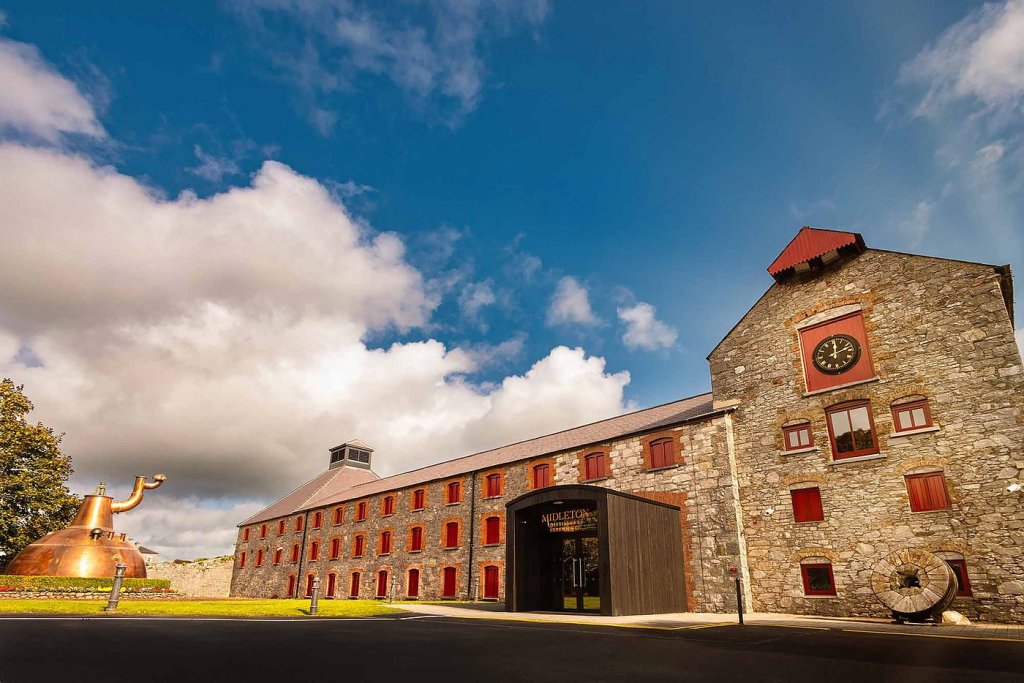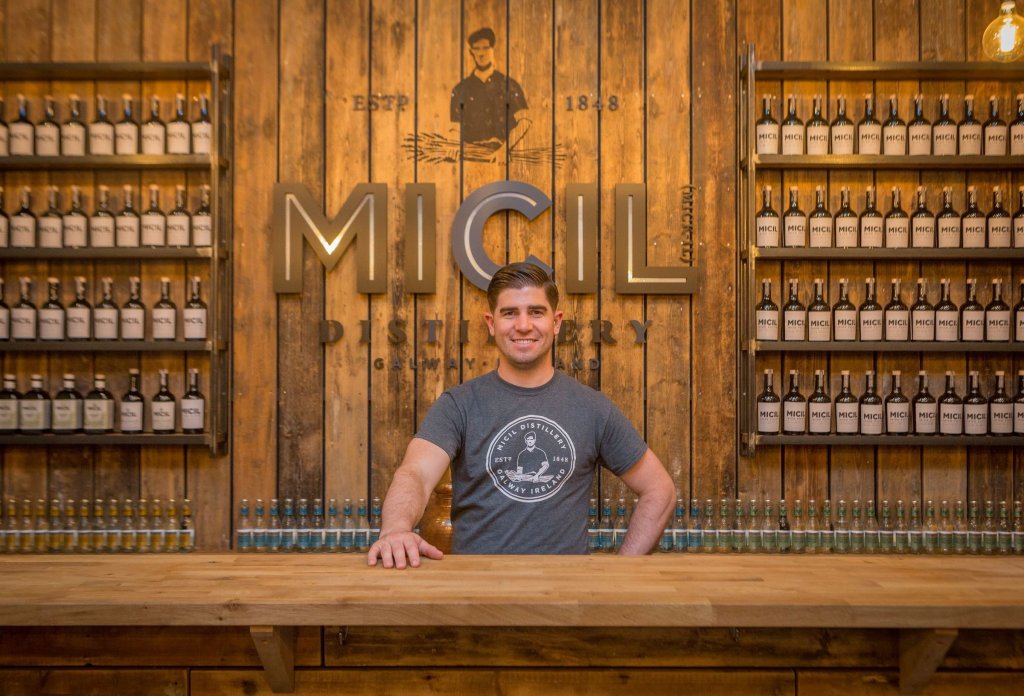Once upon a time, I used to blow by the duty-free shopping section in airports.
As a budget traveler, I usually headed to my gate and kept my head down. Once in a while, I’d splurge on a celebrity gossip magazine or a sugary treat.
That’s started to change over the last few years.
With a slowly intensifying skincare routine, I’ve started to save on upscale brands in the duty-free section. I also take a closer look at the wine and spirits section, bringing home little bottles of soplica from Poland and limoncello from Italy.
Although I knew duty-free shops normally exclude local and national taxes, I didn’t realize that some brands funnel their steepest discounts toward duty-free shops. In some cases, products might only be released for duty-free sales.
In other words, there’s a lot out there that I didn’t know about duty-free shopping.
If you want to get more out of your duty-free shopping experience, especially when buying alcohol, you might want a little expert advice.
This week, I’m highlighting the industry expertise of Leila Stansfield, head of Bacardi’s Travel Retail sector. Here’s what Leila has to say about duty-free shopping, especially when it comes to alcohol purchases.
Tips on duty-free shopping from a Bacardi expert
You can find brand exclusives in the duty-free shop.
According to Leila, you can find never-before-sold offers in the duty-free section. If you like to drink a certain brand of spirits or wine, you could find a secret gem that you never knew the company released.
For any connoisseur, that’s a pretty unmatched offer—one that you might have passed up by rushing through the airport. If you’re a whiskey fan, make sure to look for bourbon and scotch products. They’re some of the most popular picks for duty-free exclusives.
Duty-free pop-ups are a thing.
With more passengers in airports than ever before, major spirits and wine retailers are taking note. To cater to travelers, they’re rolling out meaningful brand experiences for customers.
Leila has noticed a rise in duty-free pop-ups over the last few years—so take a look at your airport’s directory. There might be a mini-duty-free shop worth checking out on your five-hour layover.
Savings are actually high-value.
Along with exclusive offers, you’ll also find high-value deals at duty-free shops—and I’m not just talking about saving on taxes. According to Leila, duty-free shops offer savings worth up to 20%, which includes luxury brands.
If you usually avoid shopping for higher-end brands, you might be surprised by the deals you can find at the duty-free shop. What’s normally out of your budget might be affordable at the airport.
If you’re spending big, know that there are limitations.
Duty-free is only duty-free up to a certain price point. If you’re going to shop from more upscale brands, don’t forget to think about that tax-free cap.
For example, US duty-free stores are tax-free until you hit the $800 price range. After that, your next $1,000 in spending is taxed at a rate of 3%. Before you go wild in the duty-free shop, take a quick look at how much you can spend before Uncle Sam creeps back into the picture.
Don’t be shy about asking questions.
I’m rounding off this list with my favorite travel tip from Leila: the fact that duty-free staff sometimes have samples on hand. While it might just seem like just another brightly lit store, there’s a lot more skill and finesse going on than we think.
Most duty-free employees are very knowledgeable about the products sold in their store. In certain cases, they might even have samples in stock so that you can try out a drink before buying. Just remember that you might need to find a staff member who works in the wine and spirits section of the shop.
